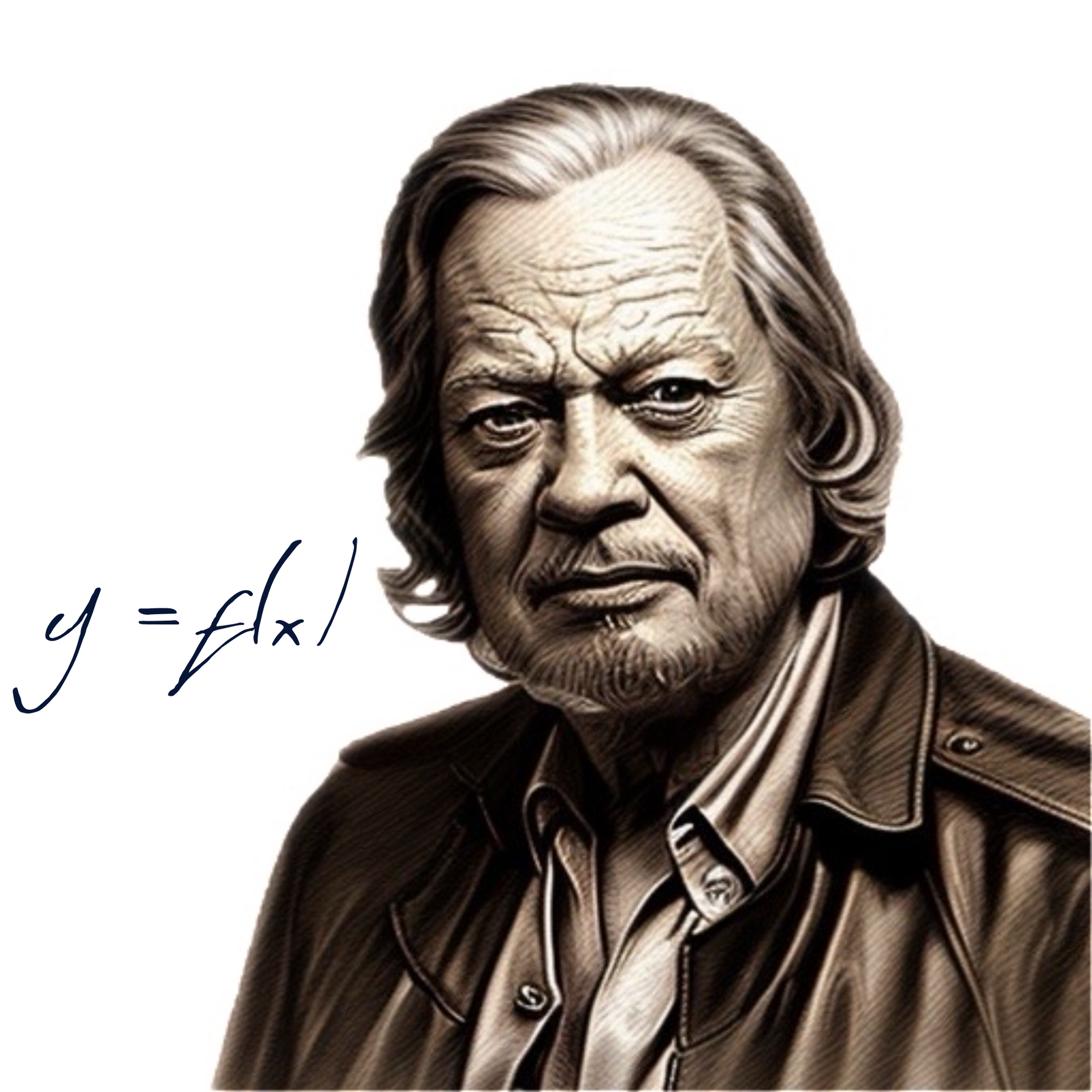Table of Contents
$f: X \rightarrow Y$
Just as visualizing tensors degrades as $n > 3$, juggling pieces in an R script can get jiggly when they do not |> neatly. A post reminded me so.
Despite strides of Posit in deconstructing R to make it more commercially attractive no obvious point (aside from the richness of statistical subroutines) in using it appears if its functional nature is neglected.
If conceptualized as school algebra ($f(x)=y$) writ large, every discrete R tasks is to find or compose $f$.
# https://community.rstudio.com/t/appending-dataframes-to-list-named-by-variable/77689/5
suppressPackageStartupMessages({library(dplyr)
library(purrr)
library(tidyr)
})
f <- function(x) {
map(1:length(mk_vs()),sub_df) %>% set_names(.,mk_names(mk_vs(),x))
}
mk_synth_df <- function() {
set.seed(137)
ID <- sample(1:100, 50, replace=TRUE)
N <- sample(1:100, 50, replace = TRUE)
ratio <- rnorm(50, mean = 0.5, sd=0.1)
data.frame(ID,N,ratio)
}
mk_list <- function() {
set.seed(137)
list("item1" = sample(1:100, 100), "item2" = sample(1:100, 100))
}
mk_vs <- function() {
set.seed(137)
v1 <- sample(1:100, 10, replace = TRUE)
v2 <- sample(1:100, 10, replace = TRUE)
v3 <- sample(1:100, 10, replace = TRUE)
list("res1" = v1, "res2" = v2, "res3" = v3)
}
mk_names <- function(x,y) {
paste(names(x)[1:length(x)],y, sep)
}
sub_df <- function(x) {
drop_na(mk_synth_df()[mk_vs()[[x]],])
}
f("_dFList")
#> $res1_dFList
#> ID N ratio
#> 34 47 27 0.4427454
#> 8 96 22 0.5997265
#> 38 71 44 0.6615295
#> 39 14 83 0.4865537
#> 35 15 59 0.4820364
#>
#> $res2_dFList
#> ID N ratio
#> 30 35 89 0.6159864
#> 48 38 43 0.3970454
#> 13 13 21 0.4866509
#> 43 51 14 0.4953379
#> 14 43 55 0.5479219
#> 22 48 96 0.5725216
#> 4 38 44 0.4549781
#> 6 39 25 0.7056911
#>
#> $res3_dFList
#> ID N ratio
#> 15 14 89 0.5237554
#> 48 38 43 0.3970454
#> 32 86 89 0.5995506
#> 13 13 21 0.4866509
#> 14 43 55 0.5479219
#> 35 15 59 0.4820364
#> 35.1 15 59 0.4820364Created on 2020-08-27 by the reprex package (v0.3.0)









